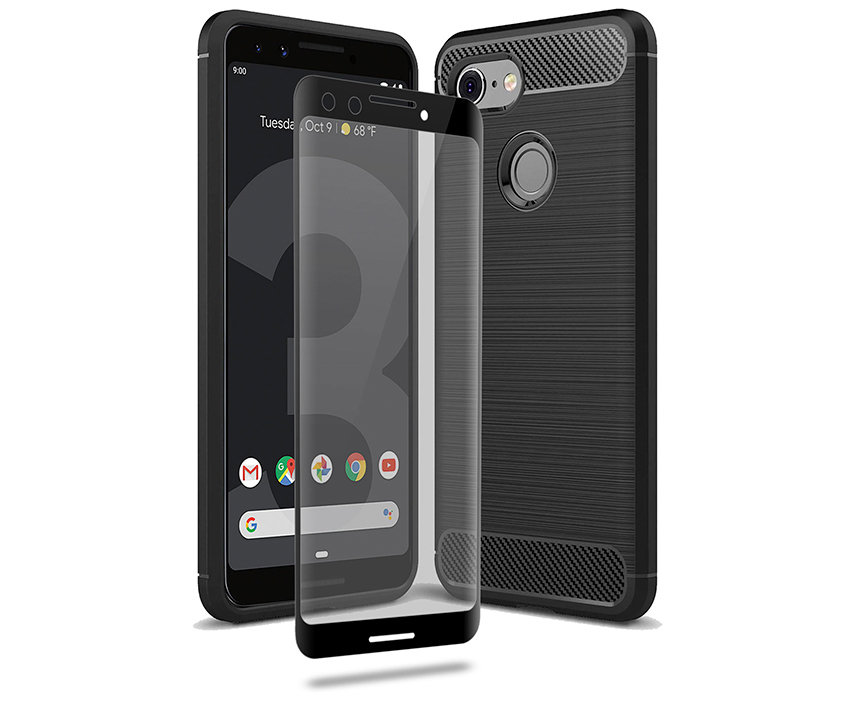
The algorithm does not ideally correct all specular reflections, DEM misregistration, emmited radiation and other causes of higher-than-100% reflectance Some slopes will receive more light than the denominator in this computation, therefore some bright sun-facing slopes may get L2A values much higher than 10000 L2A data is proportional to surface reflectance, which is proportional to the light reflected from a pixel divided by the amount of light falling onto a flat surface covered by that pixel.

#Sentinel pixel picker full#
The SATURATED value of 65535 indicates that the intent was indeed to use the full range of uint16.Īs for L2A, there are (at least) two sources of values higher-than 10000: Any JPEG2000 reader will return the sample value as two bytes, so any code that expects a 16 bit image is safe even if NBITS changes to 16 in the future.Īnother note - the product metadata.xml that comes with all L1C tiles contains info about special NO_DATA and SATURATED values, which in recent products looks like this: Taking this into account, the limit seems to be 32767 rather than 65535. This is from gdalinfo on a recent B02.jp2 file: Band 1 Block=1024x1024 Type=UInt16, ColorInterp=Gray
Now L1C is encoded as an UINT16 jp2 file with (at least?) 15 significant bits. The Sentinel 2 L1C images started out as 12-bit, but that has been changed in early 2016 when ESA changed QUANTIFICATION_VALUE from 1000 to 10000.


 0 kommentar(er)
0 kommentar(er)
